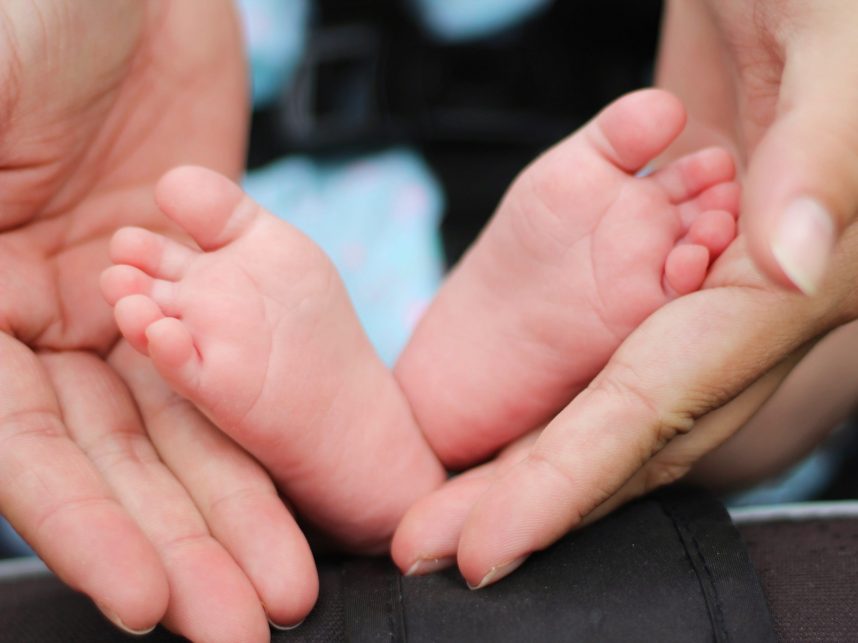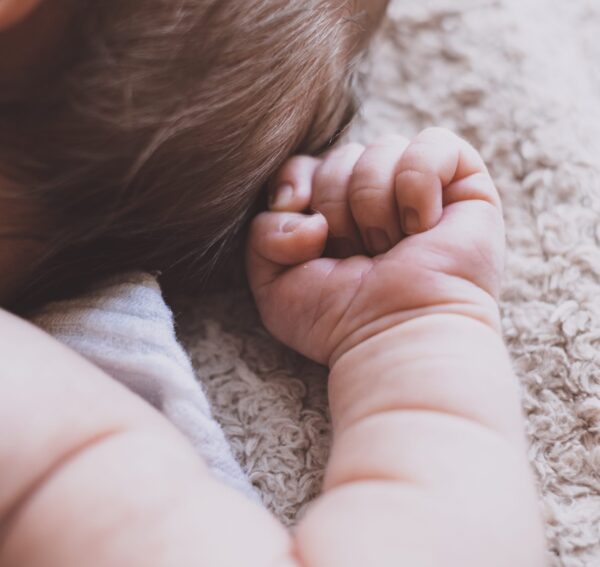Projects, programs and Reggio Emilia: What can babies teach us?

Progettazione and programmazione are terms which may be familiar to those who aspire to emulate the educational program, practice and philosophies of Reggio Emilia – but for those who are unfamiliar, what do these terms mean, and what role do babies have in helping educators to explore these terms in more depth?
To learn more, The Sector recently spoke with Bronwyn Thomson, Guardian Childcare and Education’s Queensland Curriculum Lead, and Priscilla Carmichael, who holds the same position title in New South Wales, about their recent presentation Transforming Progettazione for Babies, delivered at the Reggio Emilia Australia Information Exchange 2019 Conference.
Ms Thomson and Ms Carmichael’s conversation has been shared in two parts. The first explores programming and planning, and the second co-construction of learning with babies.
What is progettazione?
The word progettazione is almost impossible to translate from its Italian roots, but Paola Strozzi recently spoke about programmazione as ‘the action of writing in advance’ and progettazione as ‘the action of throwing forward’
Although not capturing the true essence of what the word and associated concepts mean, one of the closest frames of reference for the terms ‘progettazione’ and ‘ programmazione’ familiar to most educators is ‘projects’ and ‘programs’
Carla Rinaldi, most familiar to Australian educators through her time as South Australian Thinker in Residence, defined progettazione as ‘project curriculum constructed with pedagogical documentation.’
We asked both Bronwyn and Priscilla if they could support our readers to understand the terms more fully.
When speaking about progettazione, Priscilla described it as “an evolution of design.” Something more than emergent curriculum – a divergence of intention. A space which was surprising to all involved, especially educators,a space where educators shifted their focus and preconceived ideas to follow the interests of the child.
In this space, she said, children have an equal role to their educators, and they determine the lines of flight, through their interests and needs as the project unfolds. Working in this way can be challenging for educators, as it requires them to inhabit a world of uncertainty, not knowing which way the path may lead next.
What might it look like? What is everyone’s role?
When engaging in this work, observation is of utmost importance, particularly for pre-verbal children, Priscilla said. “For babies, working like this is especially important because it speaks to responsiveness. When educators leave space for creativity, they start to see what learning looks like for babies. They start to see the infant as a researcher.”
One of the critical findings of the research for the pair was that progettazione enhanced the responsiveness of both educators and children. Throughout the research, educators gained a deeper understanding of the infant as a researcher, and altered their image of the child.
They came to more fully understand that learning is a dynamic and evolving process, which then led them to ask “how can I see more of what the babies are doing and learning?”
Through exploring this way of working, educators came to realise that programming was something which happened too far in advance.
“Babies are in the now” Bronwyn said. “They are in the moment, and constantly evolving. Planning too far in advance means there is a disconnect from the lived experience of the babies”
By using reflective practice and analysis of video footage, the educators were able to work with the researchers to notice more of the babies learning, and to see alternative perspectives. In this way, educators became co-researchers, in tandem with the infants and the researchers.
Do programs become a cage that imprisons ideas, and prevents educators from being with children? Carla Rinaldi spoke of projects as a time when ‘things take shape through action; places where brains, hands, sensibilities, rationality, emotion and imagination all work in close co-operation’
What about the cycle of planning, or extending on children’s interests?
Progettazione, Priscilla said, involves embracing uncertainty, but it does not mean there is no planning or forethought involved.
Using an example from the research, a provocation of tissue paper was introduced to the babies. What would they do with it? Would they try and eat it? Scrunch it? Rip it? Look through it? Wear it as a hat?
The intention in introducing the material was to encourage exploration in the babies, but also to prompt the educators to consider leaving time and space to explore, and to understand more deeply what what occurring and to work collaboratively through analysis before taking the next step forward..
“It’s about more than project work” Priscilla said. “Rather than programming in advance, in a predetermined way, guessing at what we think babies should be learning, this way of working is in essence curriculum by design.”
“It’s not just emergent curriculum” she noted “but rather an intentional process which spikes off in different directions. Educators shift their focus as the program builds. The educator may begin with an idea, objective or direction but through careful observation, become aware of the direction where the child wishes to take the learning”
The second piece in relation to Bronwyn and Priscilla’s research, The baby as researcher: Co-constructing learning and research with preverbal children can be found here.
Popular

Practice
Provider
Quality
Research
Workforce
New activity booklet supports everyday conversations to keep children safe
2025-07-10 09:00:16
by Fiona Alston

Quality
Practice
Provider
Research
Workforce
Honouring the quiet magic of early childhood
2025-07-11 09:15:00
by Fiona Alston

Quality
Practice
Provider
Workforce
Reclaiming Joy: Why connection, curiosity and care still matter in early childhood education
2025-07-09 10:00:07
by Fiona Alston












